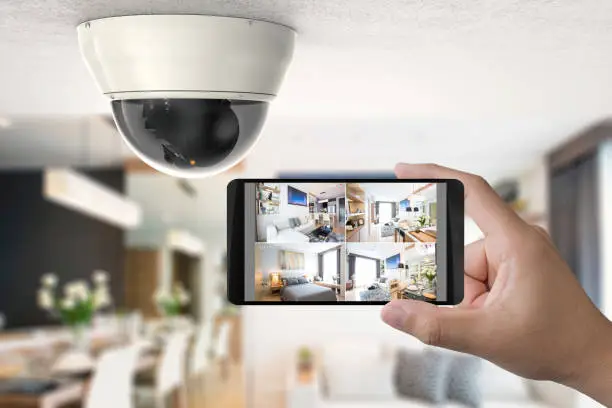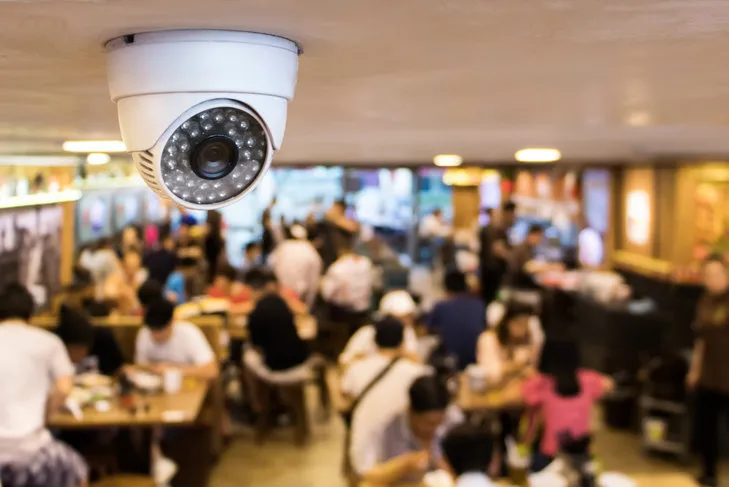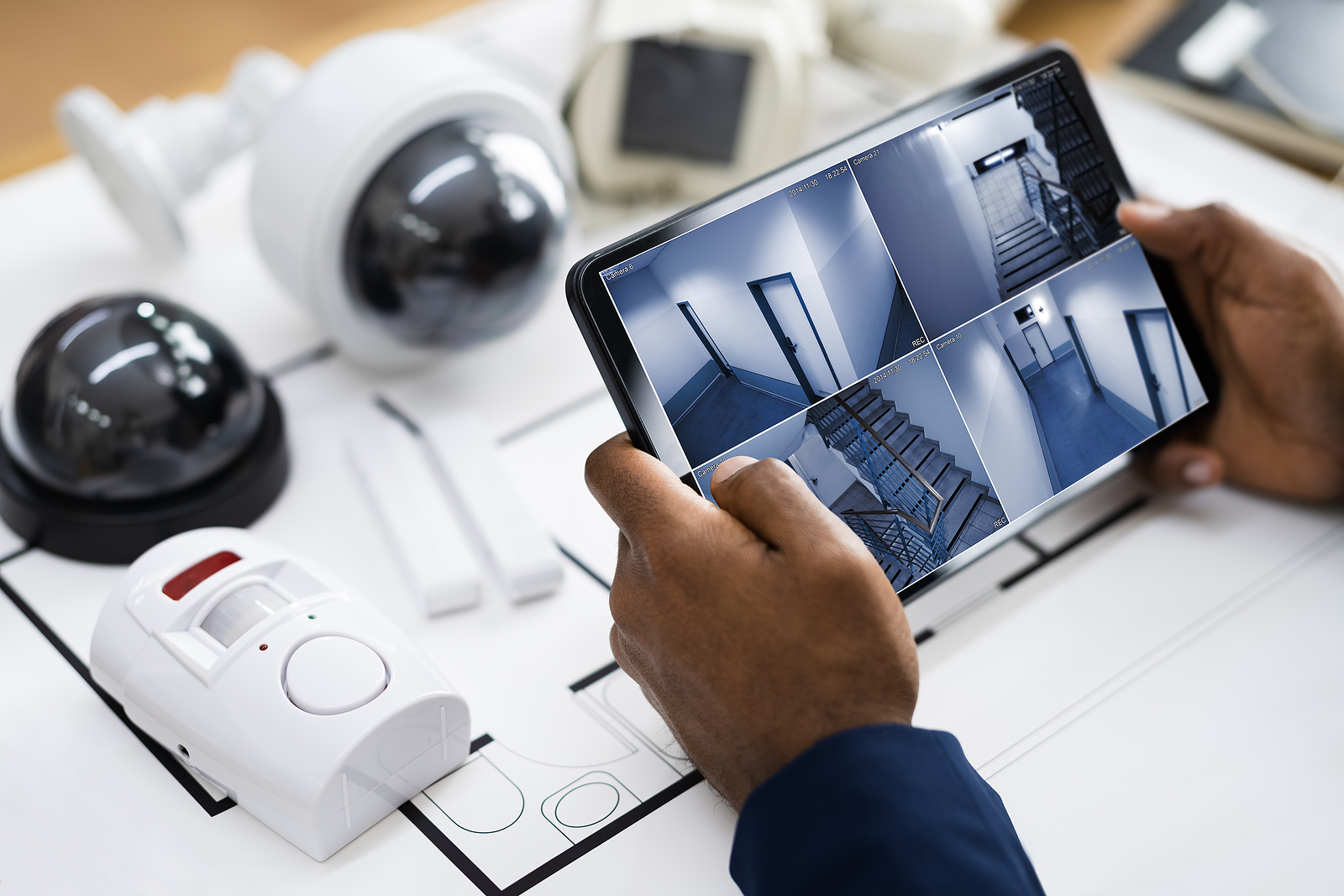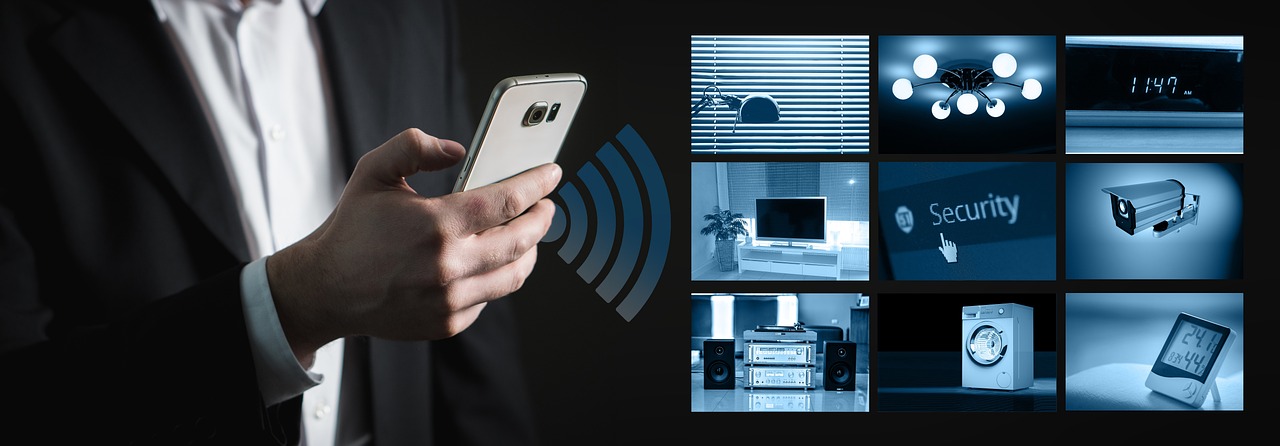CCTV (Closed-Circuit Television) is useful in a variety of applications and environments due to its ability to provide continuous surveillance, monitor activities, and enhance security. Here are some key ways in which CCTV is useful:
- Security and Crime Prevention:
- One of the primary uses of CCTV is to enhance security and deter criminal activities. Cameras in public spaces, homes, businesses, and institutions act as a visible deterrent to potential criminals. The knowledge of being under surveillance can discourage theft, vandalism, and other illicit behaviors.
- Crime Detection and Investigation:
- CCTV footage serves as valuable evidence in criminal investigations. It can help law enforcement identify suspects, track their movements, and piece together the events leading up to a crime. This is crucial for solving crimes and prosecuting offenders.
- Traffic Management and Safety:
- CCTV cameras are widely used to monitor and manage traffic on roadways. They can assist in traffic flow optimization, accident monitoring, and enforcement of traffic laws. This enhances road safety and reduces congestion.
- Public Safety:
- CCTV cameras in public spaces, transportation hubs, and crowded areas help authorities monitor for potential safety hazards, respond to emergencies, and ensure the well-being of the public. This is especially critical in events with large crowds.
- Retail Loss Prevention:
- Retail stores use CCTV systems to prevent shoplifting and employee theft. Surveillance footage can be used to identify and apprehend shoplifters, verify transactions, and address internal theft.
- Workplace Monitoring and Safety:
- In industrial and workplace settings, CCTV systems help monitor employee safety, compliance with safety protocols, and manufacturing processes. They can also be used to investigate workplace accidents and incidents.
- Home Security:
- CCTV systems in homes provide homeowners with a sense of security and peace of mind. They allow residents to monitor their property remotely, deter burglars, and capture evidence of intruders in the event of a break-in.
- Access Control and Entry Verification:
- CCTV systems are often integrated with access control systems to verify the identity of individuals seeking entry to secured areas. They are used in facilities like apartment buildings, offices, and gated communities.
- Healthcare:
- Hospitals and healthcare facilities use CCTV for security, patient monitoring, and staff compliance with healthcare protocols. It also helps in ensuring the safety and well-being of patients and visitors.
- Educational Institutions:
- CCTV systems in schools and universities enhance security, monitor campus activities, and help respond to emergencies or incidents. They can also assist in identifying individuals who pose a security risk.
- Environmental Monitoring:
- CCTV cameras are used in environmental and wildlife monitoring to study and protect ecosystems and wildlife. They provide data on animal behavior, habitat conditions, and natural events.
- Quality Control and Production Monitoring:
- CCTV systems in manufacturing and industrial settings help maintain quality control, monitor production processes, and reduce errors or defects.
- Remote Surveillance:
- CCTV systems can be accessed remotely via the internet or mobile apps, allowing users to monitor their property or facilities from anywhere. This is valuable for property owners and business operators.
In summary, CCTV is a versatile tool that enhances security, safety, and surveillance across various settings. Its usefulness lies in its ability to provide continuous monitoring, deter criminal activities, and offer valuable evidence in various situations, ultimately contributing to public safety and peace of mind.







